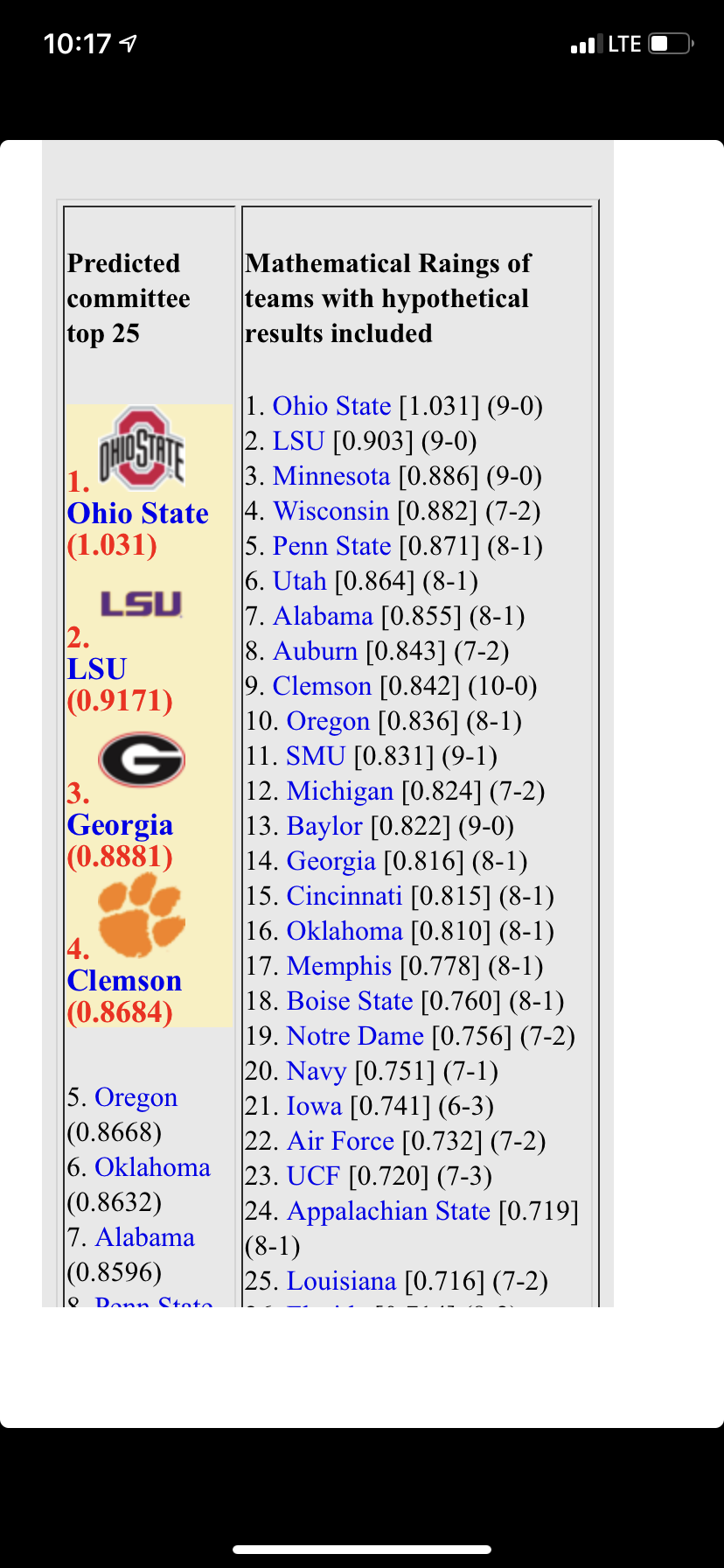Below is the text of the course eval I wrote for my MBA capstone course taken this summer.
Virtual sucks. It sucks so, so bad. Even though the text is thoroughly up to date, the lack of getting us together in class kills any class value we might have had. I realize COVID is a deadly, serious challenge, but as it stands now the value of who I meet, grow my network, and what I learn in this new OU are worth about as much as a Khan Academy course — which is priced at exactly $0. What we have collectively believed about the University and higher education system in America will come crashing down. This education is worth $0. Even if I paid $0, I would still be very dissatisfied. What I value at OU are the people around me and the experiences we do together. I will very much miss not having a final drink with my cohorts on graduation. I understand COIVD is a very tough problem, but I expect OU, with literally billions of dollars of resources, to be up to the task and make in person learning possible and encouraged. Otherwise OU is just as useless to me as Khan Academy, or alternatively Princeton University. I can get learning from either of those institutions for free. The goal has to be learning, not a piece of paper (diploma). I can assure you that right now all of my cohort is interested in the piece of paper and nothing else, and that is just sad and frankly the education institution’s fault. Go ahead and appoint your “respected” Chief COVID officer. They are doing the same leadership that any idiot can do – operating out of an abundance of caution. Well, I have fully decided school simply can’t operate that way.
Again, unless you figure out this problem, I will not be a student. I still have some classes to go, but I have decided to withdraw from the University for the Fall. When I started this program we met from 6pm till full on 9:30pm. This class the average meeting was about 30 minutes. It pisses me off I am paying multiple thousands of dollars for this garbage experience. I don’t need the piece of paper. I’m in it for the connections — going to China, being one on one with Randall Stephenson <- this is the value of an MBA. This garbage over Zoom is just garbage. Figure it out or you lose me.
















